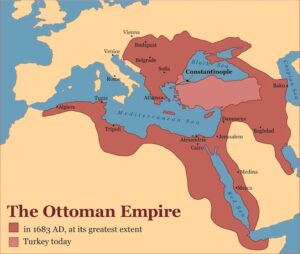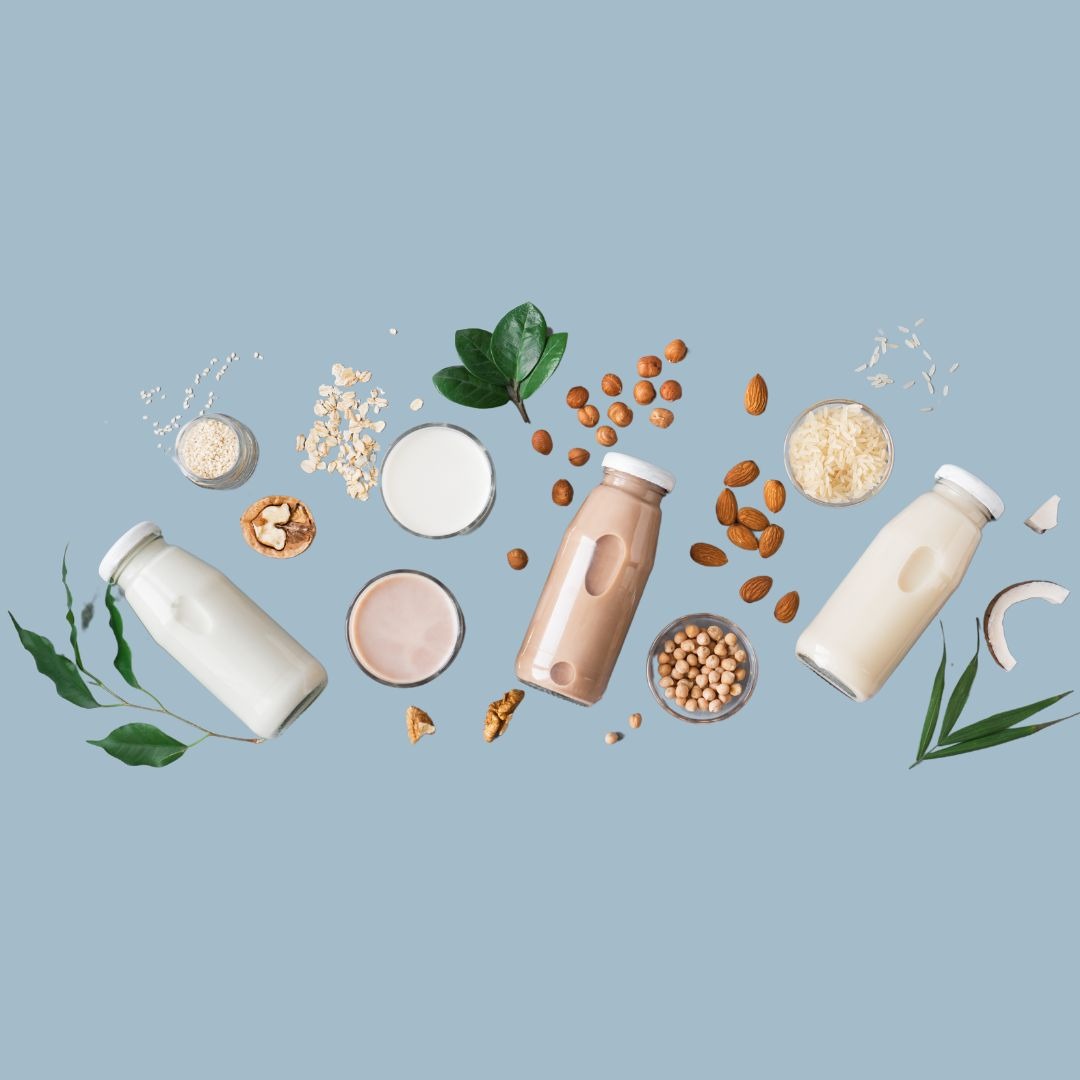Did We Always Drink Coffee In The Morning?
Staring down at my elegant, aromatic cup of 100% Kona coffee this morning, I wonder if drinking coffee first thing in the morning has always been a great human pleasure. It seems very logical and natural. We just woke up, still a bit groggy, and we have to get out of the house to go to work or school. Coffee helps… a lot.
I have been a student of coffee for many years now, and I already know the answer: morning coffee is a more modern-day invention. Would you like to know its evolution?
Coffee’s Journey from Ethiopia to Your Modern Café
Early Origins
We know that the coffee tree descends from the Boma Plateau where Ethiopia borders Sudan. There, the Oromo culture is known to be some of the first humans to consume coffee. Coffee fruit looks like a cranberry and has two hard seeds inside which were dried and crushed. This was mixed with animal fat and pressed into balls roughly the size of a tennis ball. Full of sugar, fat, protein, and caffeine, these energy balls were carried in leather pouches and nibbled on during battles, raids, and long journeys.
It seems that the use of the coffee cherry is ancient and there and some oral traditions that speak of crushed coffee fruit as a porridge, as well as alcohol made from the fruit and skin.
Across the Red Sea
Across the Red Sea from Ethiopia is Yemen…at that time (1400s) the Yemeni Province of Arabia. Legend holds that Sufi Mystics would crush and boil coffee fruit and seed, and drink the resulting tea (tisane) as a prayer aid. Evening prayer services could last well into the early morning hours!
It is the Sufi tradition that also gives us the whirling dervishes, that sacred spinning dance, a form of active meditation. The coffee connection can’t be a coincidence, can it? Regardless, coffee (as it was then) was consumed in the evening.
We still do not have a time and place where we can say exactly the roasting of the beans began, as Ethiopian, Persian, and Arabian cultures claim it, but there is no precise ground zero. We do know that roasting seeds pre-dates coffee by hundreds of years and that burning of coffee branches existed, and it may not be too far of a jump to say that roasting of the coffee seed occurred relatively quickly.
Somewhere in the 1400s, roasting coffee, crushing, and brewing it in Sufi monasteries was commonplace and documented by more than one observer. As lay practitioners of Sufism came in contact with coffee, bringing it home was the next step. Acquiring, roasting, crushing, and making coffee well, required some time and infrastructure that wasn’t immediately available to most home users.
The Rise of the Coffee House
As early as 1475 in Constantinople (Modern-Day Istanbul) at the crossroads of Europe and Asia (Africa/Middle East) the first coffee house is said to have opened. Kiva Han, is more legend than documented reality but by the 1600s coffee houses were found throughout the Ottoman Empire.

Again, we are not talking about Modern-Day cafes, but a place of social interaction, where over coffee and Tobacco (introduced in 1603), separated from home life, men could converse on topics ranging from Politics to Art.
Inspired by vigorous discourse and a steady flow of caffeine, coffee houses were known to be “schools of wisdom” where one could interact with men from various walks of life, hear new ideas, and be exposed to information that otherwise one could not acquire.
So concerning were these hotbeds of iniquity, that many attempts to ban them occurred, yet always overturned by higher powers.
As one Arab historian put it, “Coffee for us is part of our culture. It is how we show hospitality and generosity, it is part of a ritual of community and connection.”
So, from coffee houses where one could hear the news, philosophy, poetry, travel stories, and play simple games, coffee slowly, for the elite anyway, moves into the home routines, and eventually becomes an essential part of welcoming guests to one’s home.
Still, coffee is not yet viewed as a first thing in the morning ritual.
The Age of Enlightenment
There was a miraculous transformation on the European continent between 1700 and 1800. Typically, this period is known as the Age of Enlightenment. An age where human reason becomes a clear driver of how we can improve and understand our situations.
Now granted, there is a lot to this, more than I can cover here so if you want background, click here.
Now as all of the pieces of what would become a thought revolution come together, add to it that during this time, wherever people congregated, these gathering locations known as coffee houses, served coffee and tea and information. Some have regarded cafes of the day as the internet of its age.
At first, people of varied socio-economic status could gather in the same place, and ideas, debate, and discussion became the staple of the day. Over a cup of coffee, one could gather thoughts and ideas like never before. Inspiration in a multitude of fields would follow.
Then cafes would fragment into artist cafes, mason cafes etc., and became specialized places for the like-minded to gather and explore a topic more deeply. The term Penny University was coined during this time.
Through all of this, coffee is still not the morning beverage as we know it today. It was more of a social lubricant. The long tradition of drinking wine or beer as a morning beverage continued right up to the colonization of the new world and it is here that coffee changes again.
Tea Party
I want to be careful here not to paint a picture that morning coffee is an American idea, but we certainly played a large role.
With the popularity of coffee in the 1700s throughout Europe, colonists to the New World were aware of coffee, but Tea was still the preferred hot drink and daily alcohol consumption was still the norm. Coffee was seen as a potential cash crop in the colonies to feed European demand but the environment just wasn’t right.
After the Boston Tea Party in 1773, there was a clear boycott of British Tea, and coffee without question saw a rise in consumption. Imagine though that while some went back to Tea, others switched to coffee permanently.
As we moved toward the west, coffee was much easier to transport as green beans could be roasted as needed over the fire and generally traveled better than tea.
A Perfect Storm Was Brewing
The late 1700s is the slow beginning of the Industrial Revolution in Great Britain. Humans switching from natural light to dark cycles were now bonded to “clock time” and coffee was seen as a cheap and ideal way to interrupt the natural sleep pattern and keep factories moving all day and all night.
Mark Pendergrast, author of Uncommon Grounds: The History of Coffee and How It Transformed Our World writes,
“The drink of the aristocracy had become the necessary drug of the masses, and morning coffee replaced beer soup for breakfast.”
Meanwhile, stateside, our agrarian economy slowly unfolds its massive resources, iron ore, steel, coal, oil, textiles, and these would transform into manufacturing powerhouses industries manned by a caffeine-fueled labor force.
Other inventions like vacuum packaging, railroads, instant coffee, and a puritanical sensibility that looked down on alcohol consumption would see coffee become the preferred drink on the morning breakfast table.
Not only did Geroge Washington drink coffee, the revolution may be considered to have deep roots in the coffee houses of the colonies. There can be no doubt that coffee was considered a “patriotic” choice.
The colonists of the 1750’s ate for breakfast bread, cornmeal mush with milk and tea. Occasionally fish.
In the American West in the Mid-1800s a typical ranch breakfast was Chicken—fried steak—a leathery piece of beef that has been pounded to tenderness and then dredged in seasoned flour and fried like chicken, served with coffee, cream gravy, and biscuits or potatoes.
In the mid-1800s roasters would sell coffee pre-roasted, a modern-day convenience that relieved the over-worked masses from having to roast their own beans. It took only a decade for most people to expect to buy their coffee already roasted, changing the coffee landscape forever. All this time, the price of coffee was going down (artificially) making it a great business opportunity.
Radio and Print advertising in the early 1900s would take it the rest of the way, with campaigns like: “The Morning Sip”, “Good to the last drop”, “Mountain Grown”…and from there the 1950s housewife, wanting convenience but also quality and consistency became the premier marketing target for the coffee giants. By 1984…coffee is “the best part of waking up.”
The Modern Café
We all know that today Cafes are on every corner in the city and the preferred meeting place for casual chats to job interviews.
You may also have heard of the various “Waves” of Coffee.
We think of the first wave as everything we have discussed up this point, people like coffee and want to drink it. No understanding of quality, origin or tree variety.
The Second Wave is credited to Alfred Peet of Peet’s Coffee who opened his first cafe in 1966, in Berkeley, California. Here artisanal beans were roasted with thought and care to origin, quality, and flavor characteristics.
The Third Wave sees the birth of “Specialty Coffee” which includes wave 2 but also focuses on quality processing, grades of beans, and brewing methods for highlighting the best flavors. This would evolve into a scientific inquiry into many aspects of coffee from tree variety to sensory perception.
It is said that we have entered the Fourth Wave of Coffee which includes all of the previous but now includes ethically sourced, environmentally friendly, and in most cases direct from the farmer high-quality beans in very small well-crafted batches.
Today, all of these forms exist side by side. You can swing by 7-11 for a hot cup of caffeine or you can sip a latte at the airport from your favorite franchise. If you are really into it, you can stop by your local roaster for fresh beans with the exact roast date, served as an elegant pour-over or a French press.
I will leave that decision to you.

Matt Carter is a retired teacher (1989-2018), part-time musician, farmer, and currently manages Greenwell Farm’s Tour and Retail Store Operations.







Robert Lacey describes Arab boys getting up first in the tent to prepare coffee. They roasted the beans dark in a pan over fire and so on.
The Kingdom Robert Lacey – The Kingdom (1981), History of Saudi Arabia to 1979.
Harcourt Brace Jovanovich, 1982 0151472602, 9780151472604
No telling how long the Arabs had been doing this. I read somewhere that they noticed goats eating the cherries and becoming frisky which lead them to experimenting with it.
Yes! Certainly by the mid 1950s to modern day, morning coffee around the world has become a thing. Still relatively recent/
The goat story comes from Ethiopia, google the “Legend of Kaldi” and you can find the entire story online.